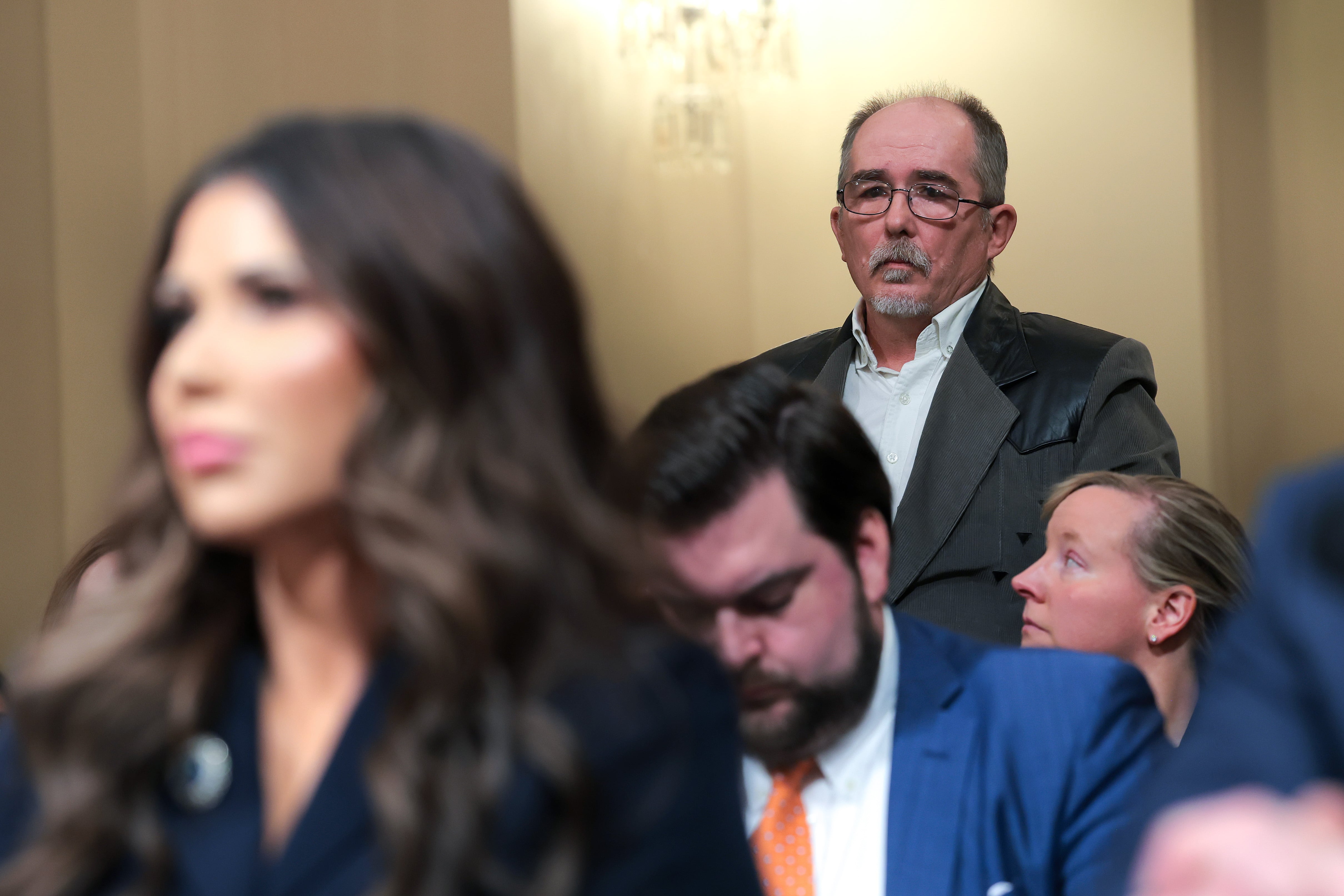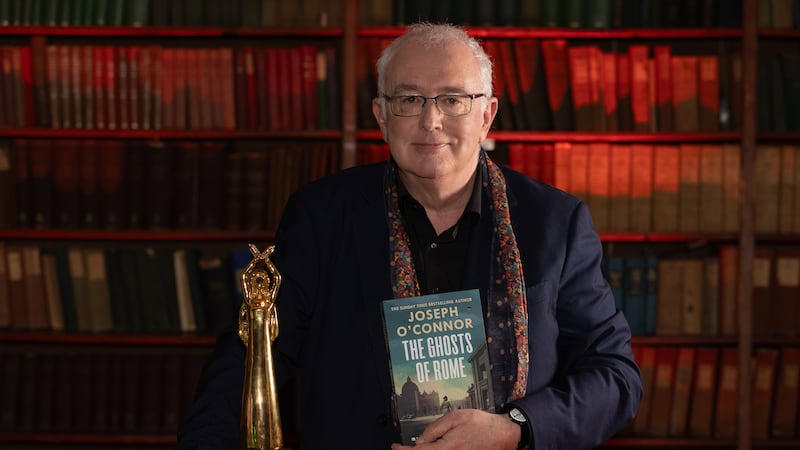Last weekend Máiría Cahill left a Belfast hospital bed and drove four hours to speak in the Galway Arts Festival’s First Thought series. As her interviewer, I expected moderate audience interest.
It’s been 15 years since she first went public in the Sunday Tribune about her alleged rape and abuse as a 16-year-old child by an IRA member and the heinous IRA “investigation” which forced her to confront her abuser.
Eleven years since a pivotal Spotlight BBC documentary on her case. Ten years since the former DPP for England and Wales, Keir Starmer, was asked to review the case and said he was sorry the Public Prosecution Service had let her down, soon followed by the NI Chief Constable’s public apology to her and the other two victims after a shambolic trial.
Seven years since the Northern Ireland Police Ombudsman revealed how as far back as 2000 CID and Special Branch had intelligence that her alleged abuser, Martin Morris - who had denied all wrongdoing - was abusing children and the IRA were investigating it.
READ MORE
Two years almost, since her book, Rough Beast: My Story and the Reality of Sinn Féin – described as “shocking, important and unputdownable” by Roddy Doyle – was published.
Yet such was the power of her quiet, measured, devastating delivery to a packed theatre on Saturday that the audience, visibly stunned, rose at the end to give her a thunderous standing ovation.
To any other speaker, that visceral response would have been energising, but backstage she was drained to the point of speechlessness. It was a telling insight into the price that abuse victims continue to pay.
Part of what continues to make her story so compelling after all this time, of course, is the involvement in that so-called “investigation” of people with high status in the national political mainstream since that smart, funny 16-year-old girl was groomed, violated, isolated and often terrified for her life.
She continues because she believes Sinn Féin leaders have never properly addressed the brutality of those investigations nor the generational reach of that savage misogynistic culture into the communities they ruled.
But a larger part of her story is common to almost every case of abuse. It’s in the context and the detail. The physical pain, confusion and humiliation, the gaslighting, the sudden shocking hostility of the family or tribe or institution closing ranks to protect itself, the urge to save other potential victims, the sense of a young, innocent mind and body being tested almost to destruction.
One of the most agonising elements for any listener is the isolation invariably forced on the victims. No one is coming to help. It wasn’t Cahill herself, but women – older Republican women – who “reported” her complaints to the paramilitaries, despite the fact that they must have known the repercussions for her.
Cahill – whose great uncle Joe Cahill founded the Provisional IRA – herself knew what happened to people who gave evidence against the IRA. The resulting sense of isolation for such a child is unimaginable, the damage unfathomable.
How such children endure is a mystery. The case of the three remarkable Brennan sisters, Catherine Wrightstone, Paula Fay and Yvonne Crist, finally reached an endpoint in the criminal courts last week when the second of their brothers, Richard Brennan, was jailed for sexual offences against them in the 1970s and 1980s.
They describe a childhood of suffocating fear: fear of unstable and violent parents, of their two abusive brothers, of revealing their terrible secrets to outsiders and not only jeopardising the family’s reputation but Richard’s aspirations for the priesthood, and fear of a wrathful God.
In Máiría Cahill’s case, her isolation was not rooted in fear of her parents – who still can’t bring themselves to read her book – but rational terror of the larger tribe’s vengeance.
For the Brennan sisters in leafy Rathfarnham, Dublin, their isolation was about protecting reputations. When they tried to advocate for themselves they were failed at every level – by their parents, by the school, by the failure of state bodies to follow up.
In 1984, when 12-year-old Catherine disclosed her abuse at Richard’s hands to a trusted school connection, her parents were informed and raged at the child in disbelief. Family therapy meetings, organised following a referral by a hospital unable to diagnose the source of Catherine’s lower limb disorder, were cut short by the parents. Lash marks on her body were noted by a teacher, but nothing was done.
A poignant detail of the sisters’ story all these years later is the harrowing internal battle common to many abuse survivors; that they should have found a way to speak out to protect others, even in the face of conditioning from the cradle.
How do they endure? In that context it’s important to remember the hundreds, maybe thousands, of vulnerable abused girls who are now no more than pawns in the Maga civil war over the Jeffrey Epstein files.
Virginia Giuffre, the most prominent Epstein survivor who turned vocal anti-sex trafficking activist, was first abused by a family friend at the age of seven. Then at 15 while working a summer job at Mar-a-Lago was spotted by Ghislaine Maxwell and “passed around like a platter of fruit” among her and Epstein’s friends.
Giuffre’s multimillion dollar payouts from Prince Andrew, Maxwell and the Epstein estate brought no closure.
Amid accusations of mental instability from her estranged husband – whom she accused of violent possessiveness – Giuffre lost custody of their children. She was just 41 when she took her own life in April. And of the long list of names associated with Epstein, Maxwell happens to be the only one serving time.















